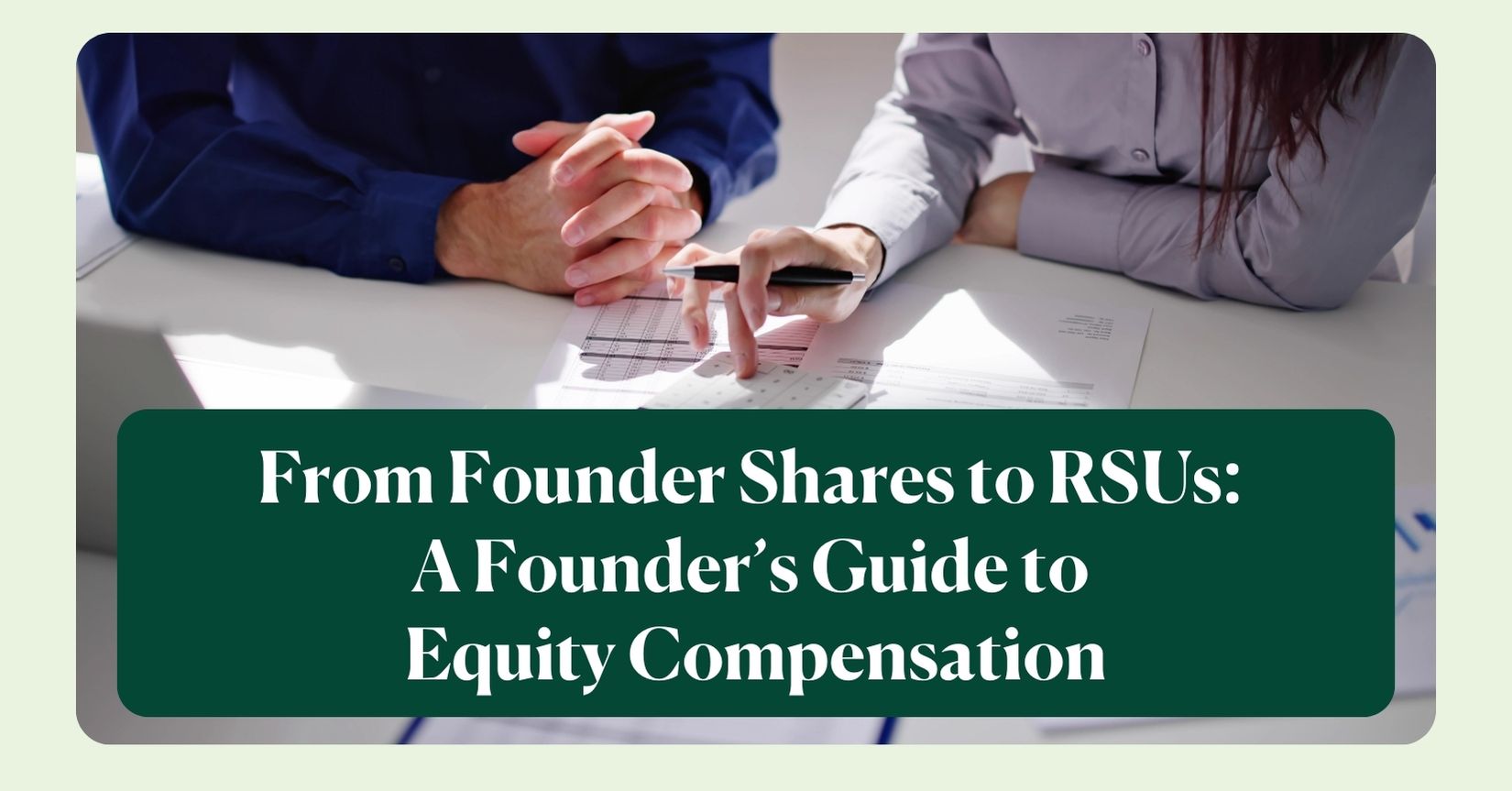You’re sitting around a table, swapping ideas and sketching the business model with your co-founders. As a team, you believe you’ve got something. Then someone asks: “Okay, so how are we going to split equity among co-founders?”
That question can feel awkward, but it really doesn’t have to. Founders often overthink equity early on split equity based on who had the idea, who coded the first prototype, or who put in the first few months of work.
But the truth is that, at this very early stage, none of the exact numbers really matter yet. The real work that actually creates value usually comes over the next seven to ten years. Small differences in early contributions shouldn’t dictate wildly different splits. What matters most is that everyone agrees on something that feels fair and motivates the team.
Let’s keep that in mind as we run through some existing models that founders use to split equity, plus other considerations like vesting and cliff terms, and factoring in dilution.
List Down Each One’s Contributions
Some teams like to list down what each founder brings to the table. You can treat this as a planning exercise that helps to spark conversation about what each of you values.
Some areas to include in your discussion are things like:
- Who came up with the idea or built the prototype
- Who is investing cash or resources
- Who has already put in time and effort
- What each person’s future role will be (CEO, engineering, sales, etc.)
- How many hours per week or whether someone is full-time vs part-time
- Special advantages people bring (networks, domain knowledge, existing contracts or code, etc.)
Often, after discussing contributions, teams still land on equal or near-equal splits because it feels fair and sets everyone up for motivation and trust.
Choose a Model to Convert Those Scores Into Equity Percentages
Here are a few models that are commonly used to approach converting contributions into equity percentages. Choose one that is best for your situation.

Equal Split
Everyone gets the same. This is best when all founders are contributing similarly, sharing risk and reward. It feels clean and avoids resentment.
Weighted Split Based on Contribution & Role
Use the list of contributions you just created and score each contribution 0–10. Add up the scores to create a rough weighting. If Founder A scores 60, Founder B 40, then split 60/40. You can add more weight for future responsibilities, like leading sales or handling investor relations etc.
Dynamic or “Slice Based” Model
In this model, you don’t fix the splits immediately. You track what everyone is putting in over time (hours, cash, deliverables) and adjust equity when you decide to formalize it. The Slicing Pie framework is a well-known version of this and is useful when early contributions are unpredictable.
Put Vesting and Cliff Terms in Place
Regardless of how you decide to split equity, vesting is something that founders should put in place from day one.
Vesting ensures that everyone earns their equity by contributing over time, often over four years.
There’s usually a one-year cliff. If you leave before one year, you get nothing, or a small amount. After a year, a certain percentage of your shares vest. Then, it vests monthly or quarterly after that.
This protects the rest of the team and the company if someone leaves early. It also shows you’re in it for the long haul and signals to investors that the founders are committed long-term.
Document Legal Protections
Once you and your co-founders are in agreement, it’s crucial to get it in writing. Written agreements protect you, the company, and relationships. We suggest investing in a lawyer to draft a founder agreement, this will save you huge headaches later.
Make sure your founder agreement includes:
- The vesting schedule and cliff
- What happens if a founder leaves early (repurchase, buyback, etc.)
- Clear terms about what full-time or part-time means, if that matters
- Assignment of Intellectual Property: who owns the code, the patents, the trademarks
- Acceleration terms if there is a “change of control” event (like acquisition), so founders aren’t stuck in unfair situations
Build a Cap Table and Factor in Dilution
Here’s where first-time founders often get surprised. You think you own 50% today, but after taking on investors and hiring people with stock options, suddenly your slice looks smaller. That’s totally normal.
First, reserve a portion of equity for an option pool for employees and future hires. This is usually 10-20%, depending on how many people you expect to add.
Next, try modeling a realistic fundraising round or two. If investors come in, what will ownership look like after? How much will everyone get diluted? Discuss these numbers with cofounders so expectations are clear.
The Bottom Line: Don’t Overthink It
At the very beginning, don’t overcomplicate equity splits. We’ve seen founding teams split it in so many ways. The key is to pick something that feels fair to everyone and keeps the team motivated for the years ahead. Then, document it and get started. You can adjust as the company grows and roles evolve.
At KB Financial Advisors, we help founders make sense of equity compensation, stock options, and build tax-smart strategies, so you keep more of what you earn.
If you want a 1:1 consultation to talk through your situation, reach out and schedule a call today.
Until next time!




